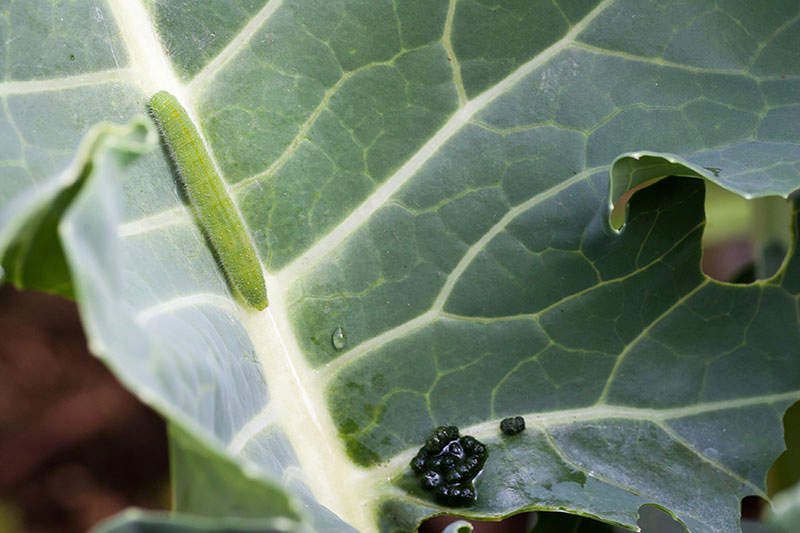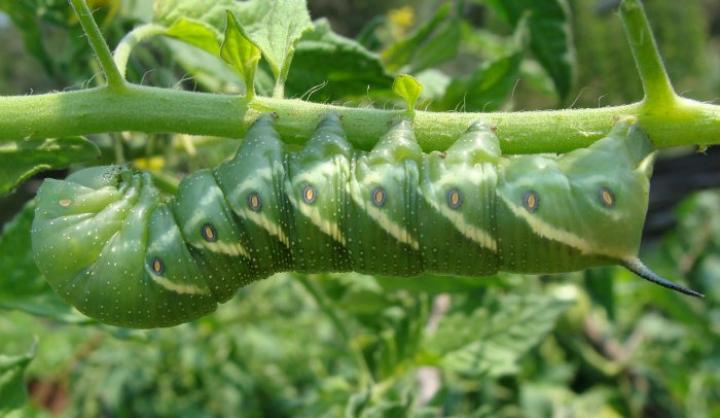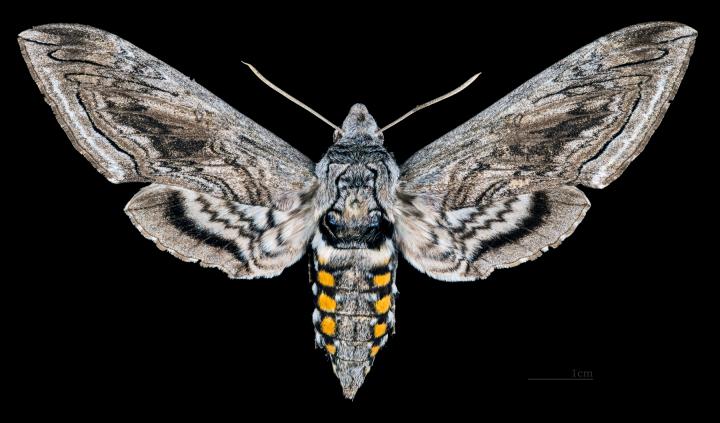
Three “bugs” are showing up in gardens this week. One is the cabbage butterfly. It is a white butterfly with a couple of black spots on the wings. The butterfly is harmless; however, they lay eggs on cabbage, broccoli, and cauliflower plants. These eggs hatch and now you have the cabbage looper (caterpillar) which can ruin plants of your cabbage family of plants in a few days. Also, you have their green poop all over. A routine of Sevin spray controls these pests. You can use a biological spray called Thuricide which is a spray of bacteria that will kill the caterpillar and not harm other insects. I have not found this in town, so you will have to order it from a garden center. You can also crush the little yellow eggs beneath the leaves.

The other is the squash bug. These are the little grey soft-bellied bugs you find around the base of squash plants. They suck the plant juices out stunting the plant. Early detection of critical. If you see them, use a spray of Sevin or Malathion. If you have a problem, varieties like Butternut and Royal Acorn are resistant.

Lastly the cucumber beetle. These black and yellow striped or spotted beetles will eat most vining crops but like blossoms of watermelon, muskmelon, and cucumbers the best. They carry a disease called cucumber wilt, which will kill a cucumber vine overnight. The plant will wilt and turn brown. If this happens remove the vine immediately. Use Sevin when you first notice the beetles. There are some traps that lure the beetles to it.







